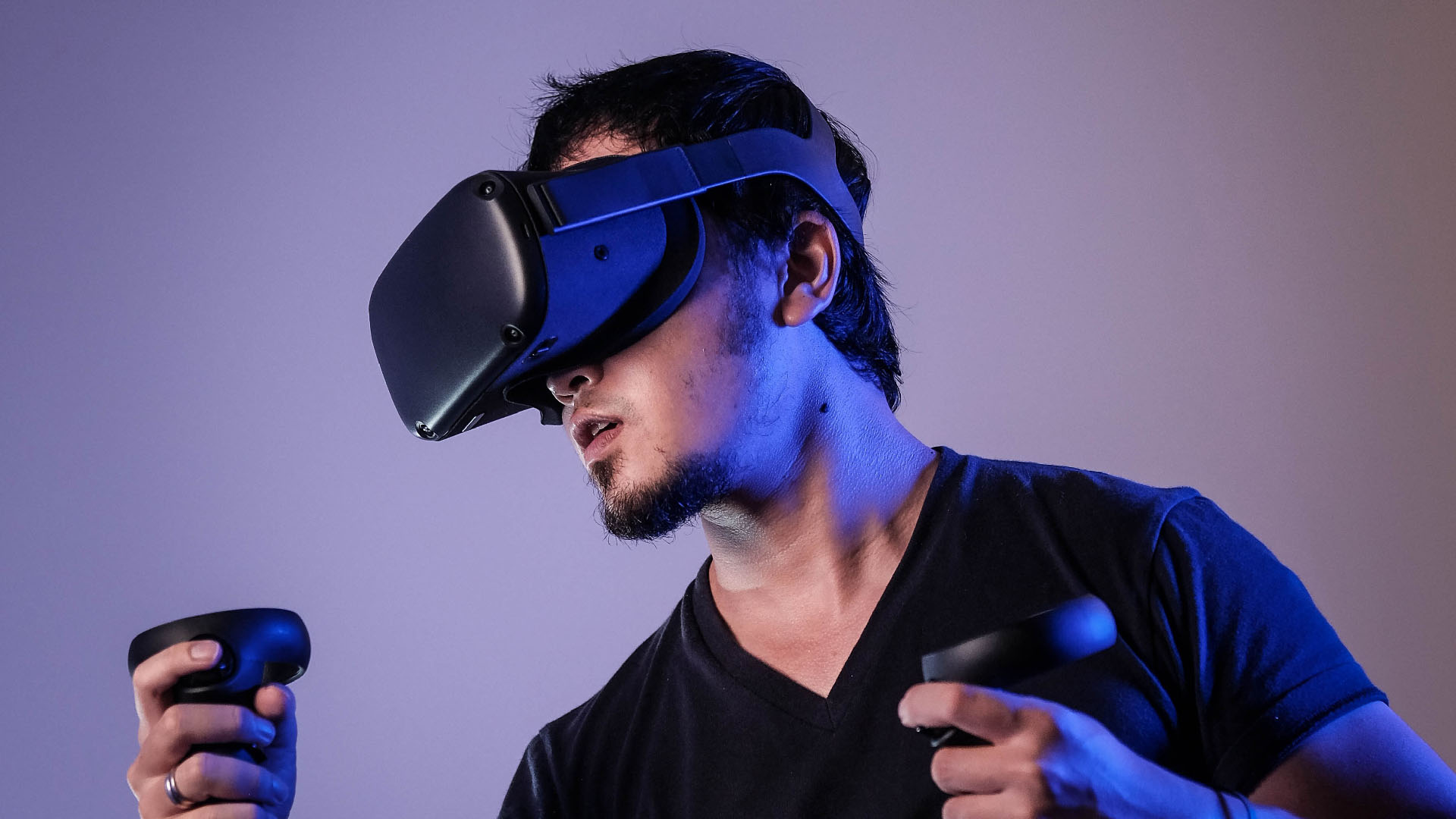In today’s fast-evolving marketplace, leveraging cutting-edge technologies like Virtual Reality (VR) and Augmented Reality (AR) can offer brands a substantial competitive edge. These technologies are not merely enhancements to the marketing mix but are revolutionizing the way businesses interact with consumers. By incorporating VR and AR, companies can create deeply immersive and interactive experiences that significantly elevate brand engagement and customer satisfaction.
Virtual Reality (VR), for instance, transports users into a fully immersive digital environment, offering a novel way for brands to engage with their audiences. This technology allows brands to create detailed, virtual worlds where potential customers can interact with products in ways that were previously unimaginable. For example, Nikeworld on Roblox is a groundbreaking venture where users can explore Nike’s virtual headquarters and engage with the brand through interactive minigames. This level of immersion not only boosts brand awareness but also enhances customer loyalty by providing a unique and memorable experience that stands out in a crowded market.
Augmented Reality (AR), on the other hand, enhances the real world by overlaying digital information onto it, making AR particularly valuable in mobile marketing. Brands like LensCrafters use AR to allow customers to try on glasses virtually through their app, eliminating the need for physical presence in a store. This convenience significantly improves the customer’s shopping experience, driving sales and increasing brand affinity. Research from Threekit found that 40% of consumers say they would pay more for a product that they could customize in AR (Threekit, 2023).
Moreover, both VR and AR offer extensive data collection and analytics capabilities, allowing brands to gain deep insights into user interactions and preferences. This data can be used to refine marketing strategies and create more personalized user experiences. According to Deloitte, immersive experiences such as VR and AR could become the next computing platform, transforming how businesses engage with their customers through more tailored and engaging marketing strategies (Deloitte, 2018).
As businesses continue to adopt these technologies, they must consider how they integrate into the overall marketing strategy. The key is to use VR and AR not just for novelty but to solve genuine customer problems and enhance the customer journey. As reported by Forbes, brands that successfully integrate immersive technologies into their consumer interactions see higher engagement rates and improved brand perception (Forbes, 2019).
In conclusion, as we look toward the future, the potential of VR and AR in marketing is boundless. They offer more than just marketing tools; they provide platforms for innovation and engagement that can lead to significant growth in brand recognition and customer loyalty. As these technologies continue to develop, they will play a crucial role in shaping the future of brand interaction, making it essential for marketers to continue exploring and investing in these innovative solutions. How can your brand leverage AR and VR not just to catch up with the competition but to create a unique space in the marketplace?
- Threekit, 2023. Study on AR and Consumer Spending Habits.
- Deloitte, 2018. Insights on VR and AR as Computing Platforms.
- Forbes, 2019. Report on Immersive Technologies in Marketing.

